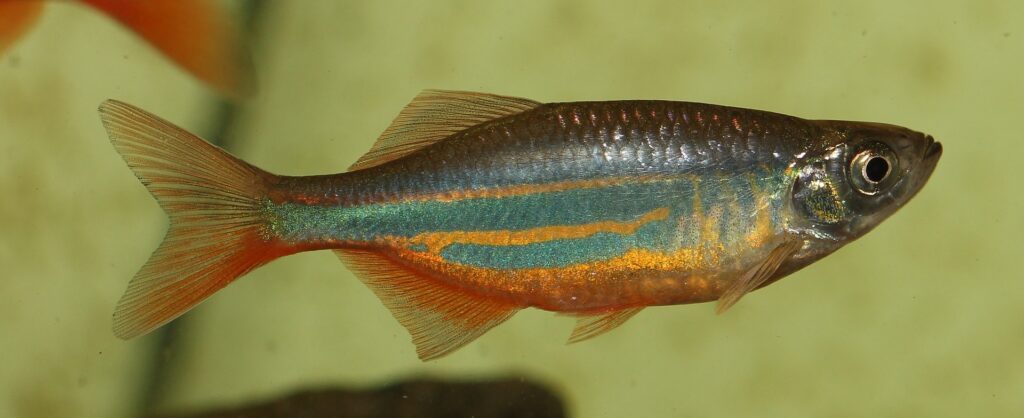Researchers at the Oregon State University say that vitamin E may be more important in embryo development than we assumed.

The study reports that embryos of vitamin E-deficient zebrafish develop malformed nervous systems, including their brains. Although the findings are based on animal models and may thus not perfectly translate over to humans, they can help guide our research into the topic. In the end, it could help us better understand the biochemical mechanisms behind pregnancy and maintain the health of embryos in the womb.
Brain-E
“This is totally amazing — the brain is absolutely physically distorted by not having enough vitamin E,” said Maret Traber, a professor in the OSU College of Public Health and Human Sciences.
Zebrafish are a common model animal used for biological research. They’re a species of small freshwater fish that need about five days to develop from a fertilized egg into a young individual. This short period makes them ideal for studying the development and genetics of vertebrates. They’re also easy to care for, which helps.
The link between vitamin E — or “alpha-tocopherol” — and embryo development was first identified in 1922 (this link is what led to the discovery of the compound), when it was noted that vitamin E is essential for the successful development of pregnancy in rats. However, we didn’t know why this was.
“Why does an embryo need vitamin E? We’ve been chasing that for a long time,” said Traber. “With this newest study we actually started taking pictures so we could visualize: Where is the brain? Where is the brain forming? How does vitamin E fit into this picture?”
The team explains that the development of the zebrafish’s nervous systems starts with a brain primordium and a neural tube. These go on to develop and innervate (send nerve bundles) throughout the body. If deprived of vitamin E, these embryos show defects at the level of the brain and neural tube. The team’s photographs show that vitamin E acts “right on the closing edges of the cells that are forming the brain,” which are called neural crest cells.
These cells act like stem cells and are involved in the formation of the bones and cartilages in our face, and also spread from the brain to create nerve bundles. They end up forming cells and tissues in 10 different organ systems, the team adds.
“By having those cells get into trouble with vitamin E deficiency, basically the entire embryo formation is dysregulated. It is no wonder we see embryo death with vitamin E deficiency,” Traber explains.
In the experiment, embryos who developed lacking vitamin E lived to a maximum of 24 hours and then died. The differences between them and control embryos were first noticeable at around the 12-hour mark but weren’t yet fatal.
Vitamin E is actually a group of compounds with similar chemical structure. One of them, alpha-tocopherol, is what’s commonly and commercially referred to as ‘vitamin E’ in the European Union, while gamma-tocopherol is the type most commonly seen in the US. They’re most commonly found in oils and oily foods such as hazelnuts, sunflower seeds and avocados.
“Plants make eight different forms of vitamin E, and you absorb them all, but the liver only puts alpha-tocopherol back into the bloodstream,” said Traber. “All of the other forms are metabolized and excreted. I’ve been concerned about women and pregnancy because of reports that women with low vitamin E in their plasma have increased risk of miscarriage.”
The paper “Vitamin E is necessary for zebrafish nervous system development” has been published in the journal Scientific Reports.


